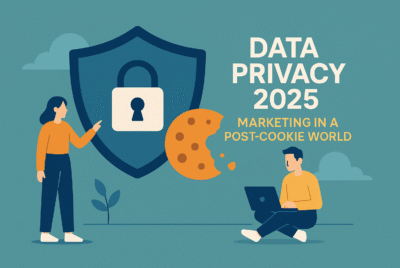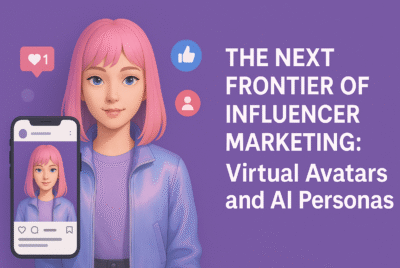The Future of B2B Marketing: How Segmented Databases Are Redefining Customer Prospecting
Segmented databases are revolutionizing B2B sales prospecting, increasing conversion rates and enabling more relevant and personalized messages for each prospect.
Blinko observes how B2B sales prospecting is undergoing a significant transformation. For years, the prevailing logic focused on quantity: the more calls, emails, and impacts, the greater the chances of conversion. However, this strategy has proven to be costly, unsustainable, and, in many cases, ineffective. Today, B2B marketing is being redefined from a different perspective: prioritizing relevance over volume, and in this new scenario, segmented databases play a central role.
Prospecting is no longer about sending generic messages to all possible contacts, but rather about identifying the right decision-maker within the right company at the right time. Data segmentation allows for filtering with an unprecedented level of precision: sector, company size, location, contact role, or even the technological tools they use. This approach has a direct impact on business results.
Sales cycles are shortened, conversion rates increase, and sales conversations develop on much more fertile ground.
According to Blinko, having up-to-date data isn’t enough; what’s truly valuable is knowing how to use it to grow according to the type of business. A segmented database allows a company to focus its efforts on relevant contacts, avoiding wasting time on companies with no real interest. This level of focus transforms prospecting from a numbers game to a game of relevance.
The evolution of B2B marketing goes beyond basic segmentation. The trend is toward hyperpersonalization, tailoring messages to the needs and decision-making moment of each potential customer. The combination of updated databases with analytics, CRM, and artificial intelligence tools brings B2B marketing closer to a one-on-one dialogue.
However, it’s not just about technology; it also involves a shift in mindset. Many companies continue to think in terms of «the more the better,» losing competitiveness. Sales teams working with poorly qualified information not only waste time but also damage their relationship with the market. Repeatedly contacting those who aren’t a good fit generates rejection and can close doors in the long term. On the contrary, correctly applied segmentation strengthens the brand image, demonstrating that the company understands its customers and respects their time.
Blinko has found that switching from a generic database to a segmented one can increase conversion rates on the first sales interaction by up to 40%. This principle is especially applicable in complex sectors such as technology, healthcare, or education, where segmentation is an essential requirement for competition.
Another key factor is the quality of real-time information. Mergers, acquisitions, appointments, or product launches constantly redefine who is the relevant contact within a company. Working with outdated data is equivalent to acting blindly, so constant updating is essential for a segmented database to have true value.
Segmentation is not only a sales tool but also a driver of innovation. It allows you to identify market patterns, discover underexplored niches, and anticipate trends. Analyzing a segmented database not only helps you find potential customers, but also provides insights to improve products or open new lines of business.
Blinko argues that this evolution is not a passing trend, but rather the new normal for B2B marketing. Companies that continue to work with generic lists and mass-marketing approaches will be left behind, while those that focus on segmented data, reliable information, and intelligent application of technology will lead the next stage of the industry.
Prospecting is no longer about speaking louder, but rather about speaking to the right person, at the right time, and with the right message. This approach marks the true future of B2B marketing.
Fuente: www.marketingdirecto.com






